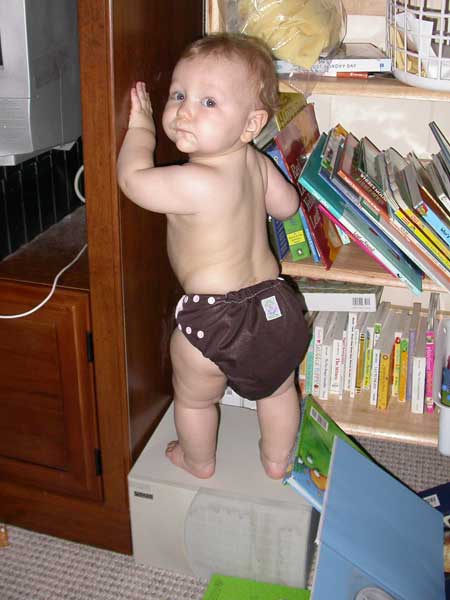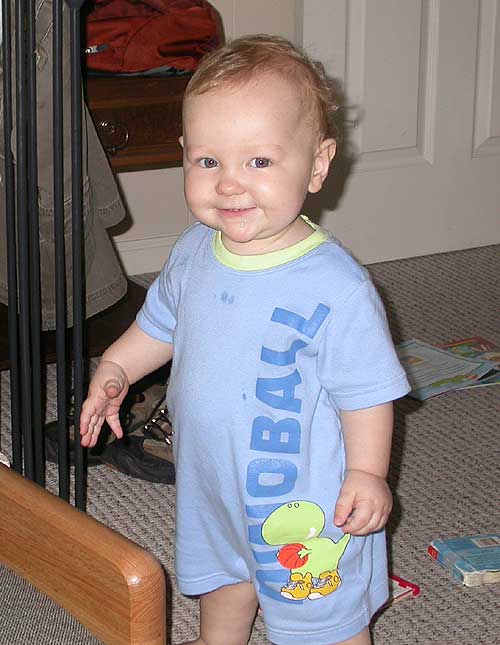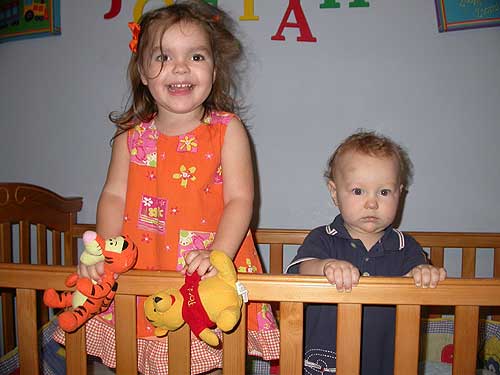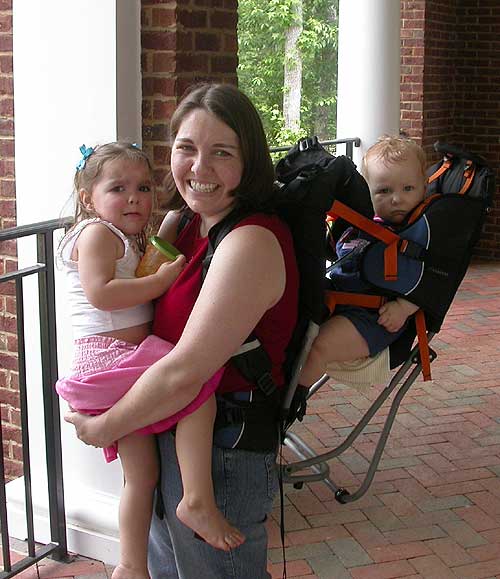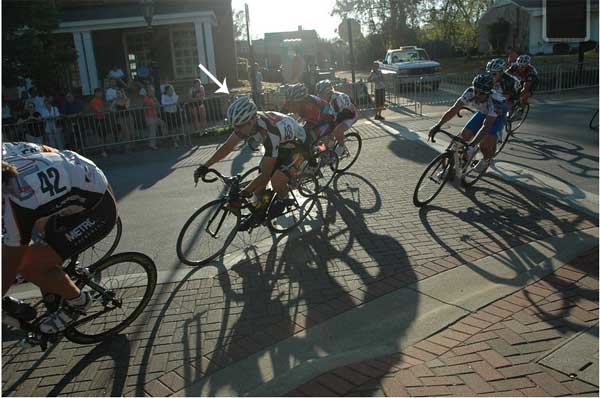The Five-Second Rule Explored, or How Dirty Is That Bologna?
By HAROLD McGEE
Published: May 9, 2007
A COUPLE of weeks ago I saw a new scientific paper from Clemson University that struck me as both pioneering and hilarious.
Accompanied by six graphs,
two tables and equations whose terms include “bologna” and “carpet,”
it’s a thorough microbiological study of the five-second rule: the idea
that if you pick up a dropped piece of food before you can count to
five, it’s O.K. to eat it.
I first heard about the rule from my
then-young children and thought it was just a way of having fun at
snack time and lunch. My daughter now tells me that fun was part of it,
but they knew they were playing with “germs.”
We’re reminded
about germs on food whenever there’s an outbreak of E. coli or
salmonella, and whenever we read the labels on packages of uncooked
meat. But we don’t have much occasion to think about the everyday
practice of retrieving and eating dropped pieces of food.
Microbes
are everywhere around us, not just on floors. They thrive in wet
kitchen sponges and end up on freshly wiped countertops.
As I
write this column, on an airplane, I realize that I have removed a
chicken sandwich from its protective plastic sleeve and put it down
repeatedly on the sleeve’s outer surface, which was meant to protect
the sandwich by blocking microbes. What’s on the outer surface? Without
the five-second rule on my mind I wouldn’t have thought to wonder.
I learned from the Clemson study that the true pioneer of five-second research was Jillian Clarke, a high-school intern at the University of Illinois
in 2003. Ms. Clarke conducted a survey and found that slightly more
than half of the men and 70 percent of the women knew of the
five-second rule, and many said they followed it.
She did an
experiment by contaminating ceramic tiles with E. coli, placing gummy
bears and cookies on the tiles for the statutory five seconds, and then
analyzing the foods. They had become contaminated with bacteria.
For
performing this first test of the five-second rule, Ms. Clarke was
recognized by the Annals of Improbable Research with the 2004 Ig Nobel
Prize in public health.
It’s not surprising that food dropped
onto bacteria would collect some bacteria. But how many? Does it
collect more as the seconds tick by? Enough to make you sick?
Prof. Paul L. Dawson and his colleagues at Clemson have now put some numbers on floor-to-food contamination.
Their
bacterium of choice was salmonella; the test surfaces were tile, wood
flooring and nylon carpet; and the test foods were slices of bread and
bologna.
First the researchers measured how long bacteria could
survive on the surfaces. They applied salmonella broth in doses of
several million bacteria per square centimeter, a number typical of
badly contaminated food.
I had thought that most bacteria were
sensitive to drying out, but after 24 hours of exposure to the air,
thousands of bacteria per square centimeter had survived on the tile
and wood, and tens of thousands on the carpet. Hundreds of salmonella
were still alive after 28 days.
Professor Dawson and colleagues
then placed test food slices onto salmonella-painted surfaces for
varying lengths of time, and counted how many live bacteria were
transferred to the food.
On surfaces that had been contaminated
eight hours earlier, slices of bologna and bread left for five seconds
took up from 150 to 8,000 bacteria. Left for a full minute, slices
collected about 10 times more than that from the tile and carpet,
though a lower number from the wood.
What do these numbers tell
us about the five-second rule? Quick retrieval does mean fewer
bacteria, but it’s no guarantee of safety. True, Jillian Clarke found
that the number of bacteria on the floor at the University of Illinois
was so low it couldn’t be measured, and the Clemson researchers
resorted to extremely high contamination levels for their tests. But
even if a floor — or a countertop, or wrapper — carried only a
thousandth the number of bacteria applied by the researchers, the piece
of food would be likely to pick up several bacteria.
The
infectious dose, the smallest number of bacteria that can actually
cause illness, is as few as 10 for some salmonellas, fewer than 100 for
the deadly strain of E. coli.
Of course we can never know for
sure how many harmful microbes there are on any surface. But we know
enough now to formulate the five-second rule, version 2.0: If you drop
a piece of food, pick it up quickly, take five seconds to recall that
just a few bacteria can make you sick, then take a few more to think
about where you dropped it and whether or not it’s worth eating.
|



